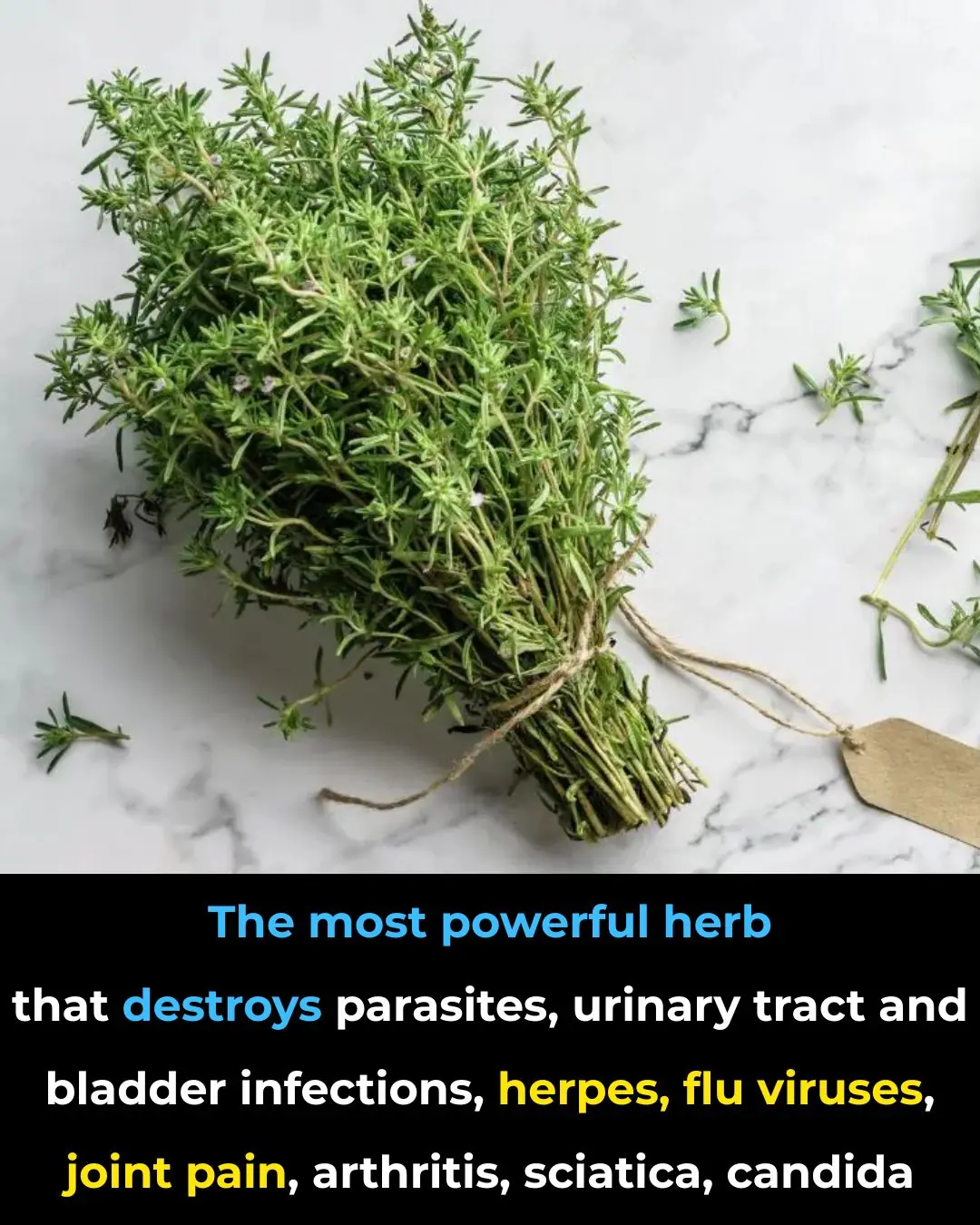
S:ida Acuta: Exploring the Healing Properties of this Herbal Remedy
Sida acuta – The Hidden Powerhouse of Traditional Medicine

Sida acuta, locally known in Ghana as “Brane Atwe Ata”, is a small but mighty herb that has played an important role in traditional healing systems for centuries. Across West Africa, India, and parts of South America, this plant is valued for its diverse medicinal benefits and has earned a reputation as one of nature’s most versatile remedies. Rich in bioactive compounds, antioxidants, and natural alkaloids, Sida acuta is often seen as a bridge between ancient herbal wisdom and modern phytotherapy.
Below are some of the most powerful and scientifically noted uses of Sida acuta:
1. Anti-inflammatory and Pain Relief
For generations, healers have used Sida acuta to soothe pain and swelling. Its active phytochemicals—such as alkaloids and flavonoids—exhibit strong anti-inflammatory and analgesic effects, helping to relieve conditions like arthritis, rheumatism, and general joint discomfort. Whether consumed as tea or applied as a compress, the herb helps calm inflamed tissues and restore mobility.
2. Antimalarial Properties
In many parts of West Africa, Sida acuta is regarded as a trusted antimalarial herb. Local communities often prepare it as an herbal tea or infusion to help manage malaria symptoms such as high fever, chills, and fatigue. Scientific research supports these traditional uses, showing that the plant’s compounds can inhibit malaria parasites and support faster recovery when used alongside modern treatments.
3. Antimicrobial and Antibacterial Effects
Sida acuta’s antibacterial, antifungal, and antiviral properties make it a popular choice for treating infections of all kinds—skin wounds, cuts, sore throats, and even mild respiratory tract infections. Modern laboratory studies have confirmed that extracts of the plant inhibit the growth of several harmful microbes, strengthening its credibility as a natural disinfectant and immune protector.
4. Immune System Boost
Packed with antioxidants, Sida acuta strengthens the immune system by fighting free radicals that damage cells. Regular use, especially as tea or powder, is believed to improve resilience against colds, infections, and fatigue. In some cultures, it’s even taken seasonally as a “body cleanser” or detox herb.
5. Relief for Gastrointestinal Issues
In traditional medicine, Sida acuta is known as a natural digestive regulator. It’s used to manage diarrhea, dysentery, stomach ulcers, and other intestinal problems. Its astringent qualities help tighten intestinal tissues, while its antimicrobial actions restore gut balance—making it a gentle yet effective herbal aid for maintaining gastrointestinal health.
6. Fever Reduction
Because of its antipyretic (fever-reducing) action, Sida acuta decoctions are commonly given to both children and adults to bring down high temperatures. In rural areas, families often rely on Sida acuta tea as a first-line remedy for flu-like symptoms, helping the body cool down naturally.
7. Respiratory Health
For ailments like asthma, bronchitis, cough, and congestion, Sida acuta is known to provide relief. The herb’s anti-inflammatory nature helps open airways, while its antimicrobial activity supports lung health. Some traditional healers mix Sida acuta leaves with honey or ginger for a more soothing effect on the respiratory system.
8. Wound Healing and Skin Care
Topically, Sida acuta acts as a natural wound healer. When crushed into a paste or poultice, its leaves are applied directly to cuts, burns, and sores to disinfect the area and promote faster tissue regeneration. The plant’s antibacterial and antioxidant content not only prevents infection but also reduces scarring.
9. Management of Diabetes
Emerging studies have shown that Sida acuta may help regulate blood sugar levels by improving insulin sensitivity and glucose metabolism. In traditional medicine, it is often used as a supplementary therapy for mild diabetes and metabolic disorders, though modern users are advised to combine it cautiously with medical supervision.
10. Antioxidant Properties
The herb’s rich antioxidant profile helps combat oxidative stress—a major contributor to aging, heart disease, and cancer. Regular, moderate use of Sida acuta tea may support cardiovascular health and cellular protection by reducing the accumulation of free radicals.
11. Anti-snake Venom
In certain rural communities, Sida acuta leaves are used in emergency first-aid treatments for snake bites. The crushed leaves are applied to the wound or consumed as an infusion to help neutralize venom effects. Although scientific studies on this use are limited, anecdotal evidence remains strong in some parts of Africa and Asia.
12. Anthelmintic (Anti-parasitic) Properties
Sida acuta is recognized as a natural deworming herb. It’s used to eliminate intestinal parasites like roundworms and tapeworms. Traditionally, decoctions or leaf powders are taken periodically as a cleansing treatment to maintain intestinal hygiene.
13. Reproductive Health Support
Women in some traditional systems use Sida acuta to regulate menstrual cycles, ease cramps, and relieve symptoms of PMS (Premenstrual Syndrome). It’s also believed to support fertility and uterine health, making it a valued herb in women’s wellness formulas.
14. Anti-cancer Potential
Preliminary scientific findings suggest that Sida acuta extracts may contain compounds that inhibit tumor growth and induce apoptosis (cell death) in certain cancer cells. While these studies are still early, the results hint at the plant’s future role in natural cancer research.
15. Antiviral Uses
Sida acuta may have antiviral properties against diseases like HIV, hepatitis, and herpes. In some African and Indian traditional practices, the herb forms part of herbal mixtures designed to strengthen the immune system and control viral infections, though modern medicine stresses the need for further evidence before clinical use.
How to Use Sida acuta
-
Decoction or Tea: Boil fresh or dried leaves for 10–15 minutes and drink to relieve fever, improve digestion, or strengthen immunity.
-
Topical Application: Crush the fresh leaves into a paste or poultice and apply to wounds, burns, or skin infections.
-
Powder or Capsules: Dried Sida acuta can be ground and taken in capsule form for immune and digestive support.
-
Tincture: Alcohol-based extracts are available in some herbal shops for convenient use, allowing for long-term preservation and consistent dosing.
Important Note
Like all powerful herbal remedies, Sida acuta should be used responsibly. While its healing potential is remarkable, it can interact with certain medications or medical conditions. Anyone considering regular use—especially for chronic diseases—should consult a qualified herbalist or healthcare provider before starting treatment.
News in the same category


Cold water refrigerator, long cooling

18 Powerful Ways to Use Clove Tea to Boost Health and Heal Naturally
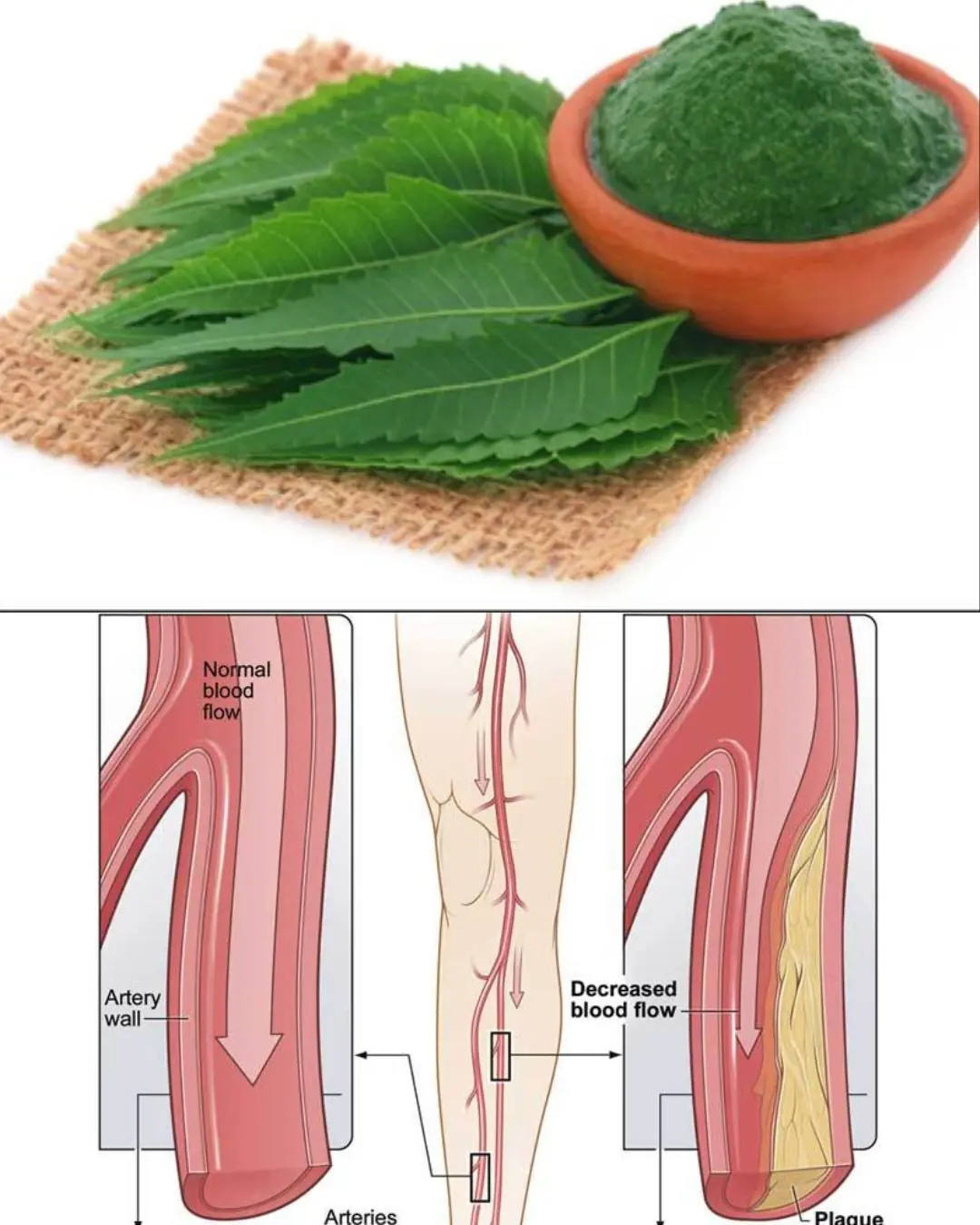
Neem: An Ancient Plant With Potential Health Benefits – What Science Says

Doctors reveal that green broccoli causes...see more
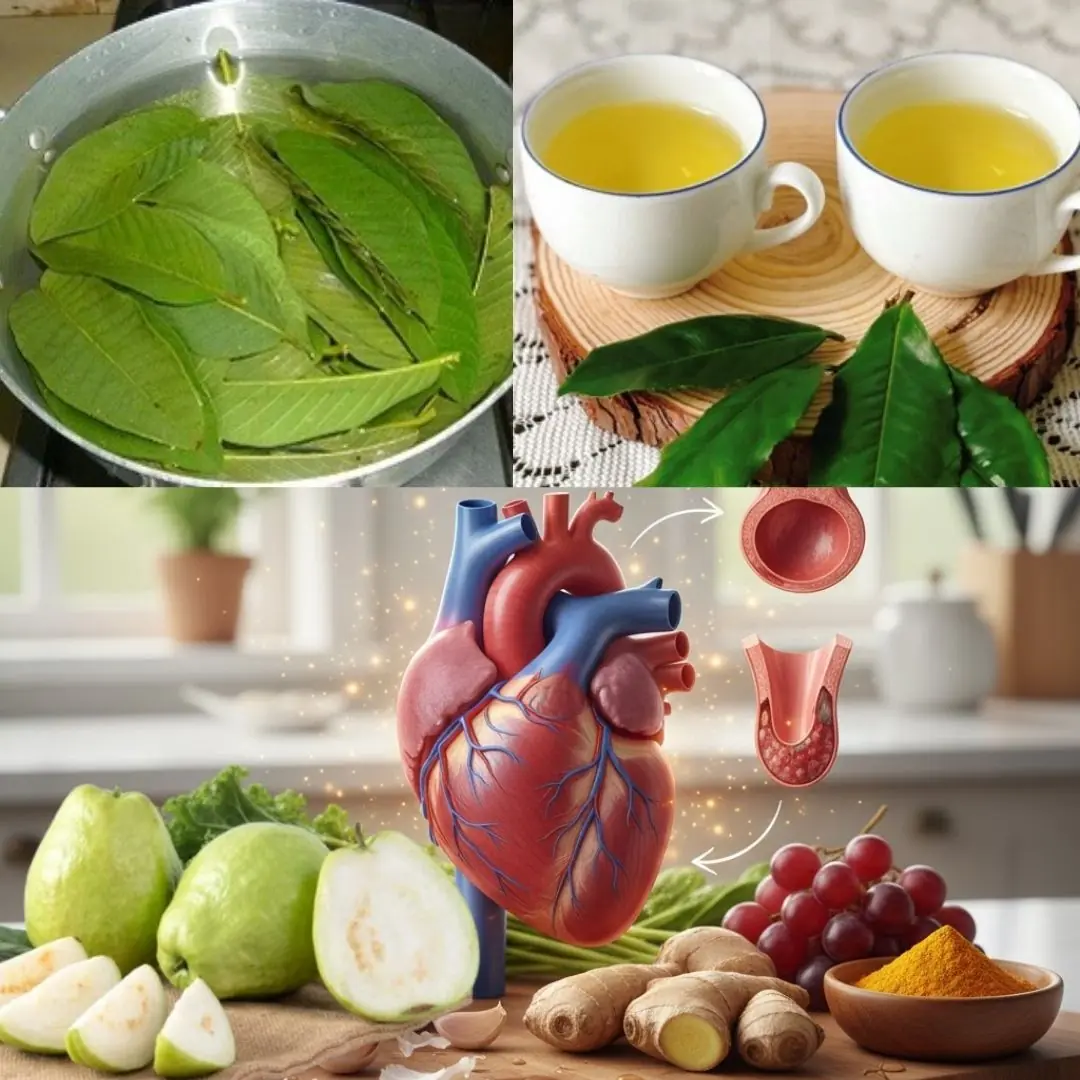
The Best Tea for Mornings and After Dinner: A Powerful Blend for Health
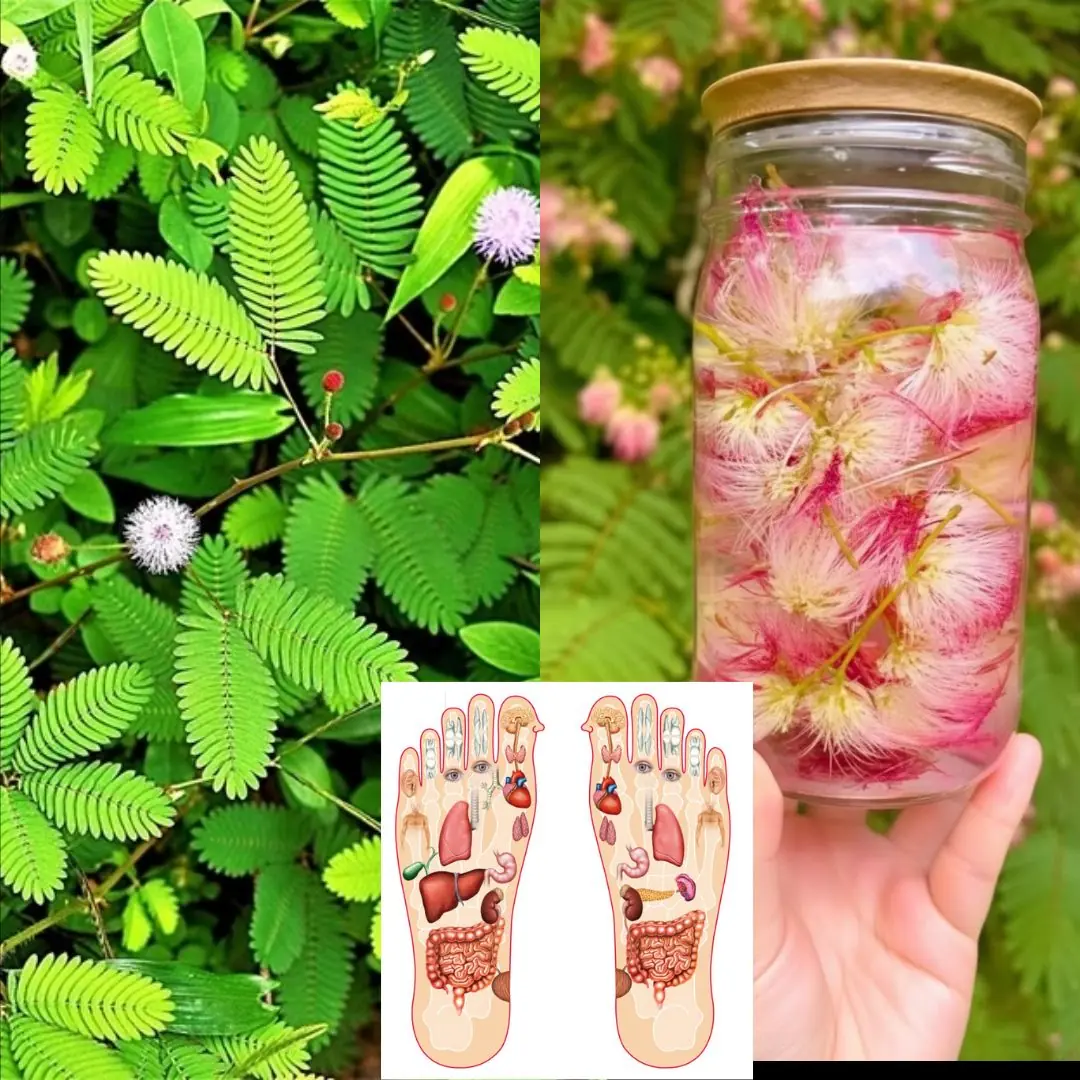
Mimosa Pudica Tea: How to Prepare and Health Benefits

Cloves and Onion: An Ancient Remedy with Modern Benefits
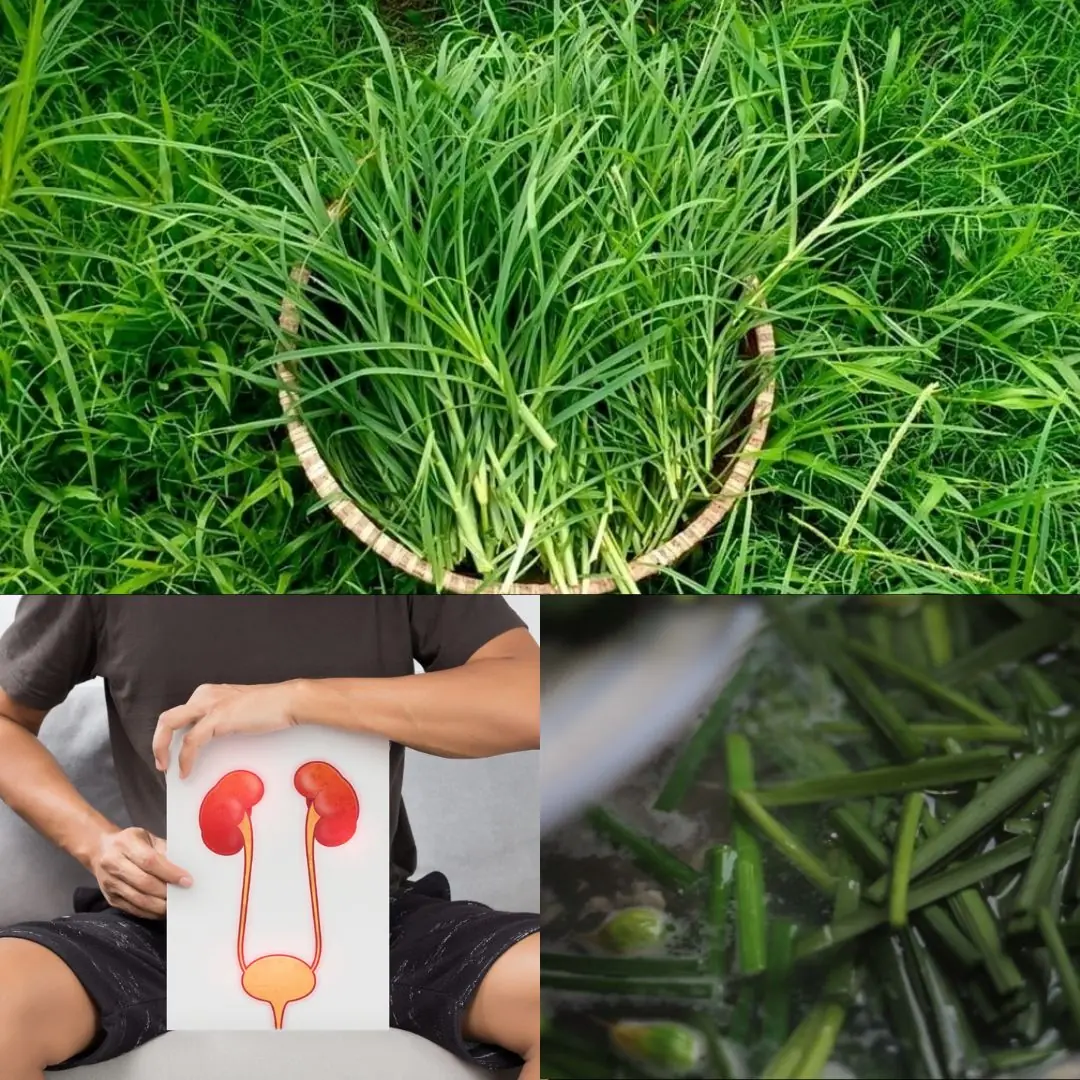
25 Incredible Health Benefits of Goosegrass

Honey, Lemon, Onion, Garlic & Ginger: The Daily Spoonful That Works Wonders

10 Powerful Benefits of Castor Leaves You Probably Didn’t Know About

One Glass Before Bed – Say Goodbye to Constipation Overnight!
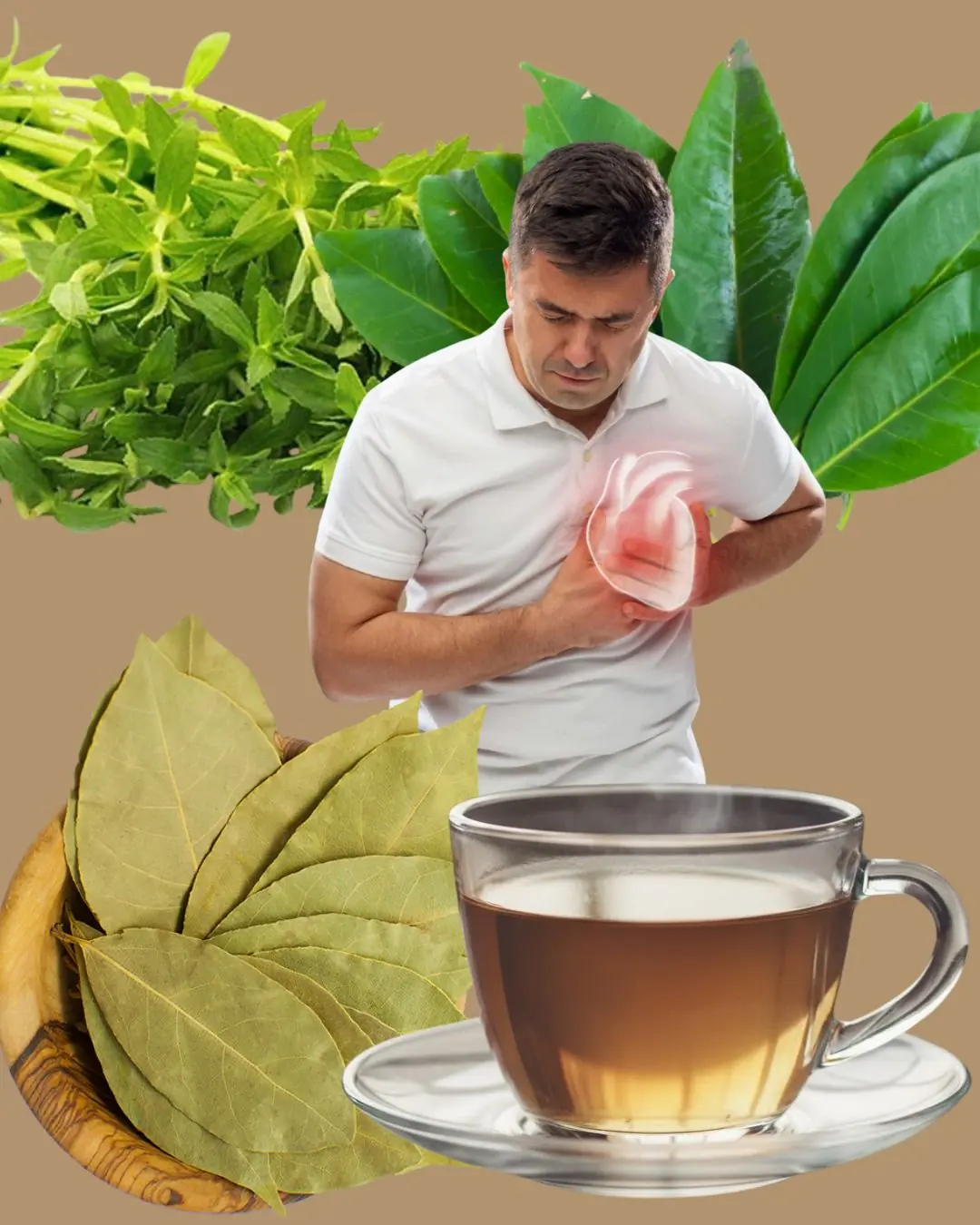
The Healing Leaves That Fight Disease Naturally: Diabetes, Poor Circulation, High Blood Pressure & Even Cancer 🌿💚
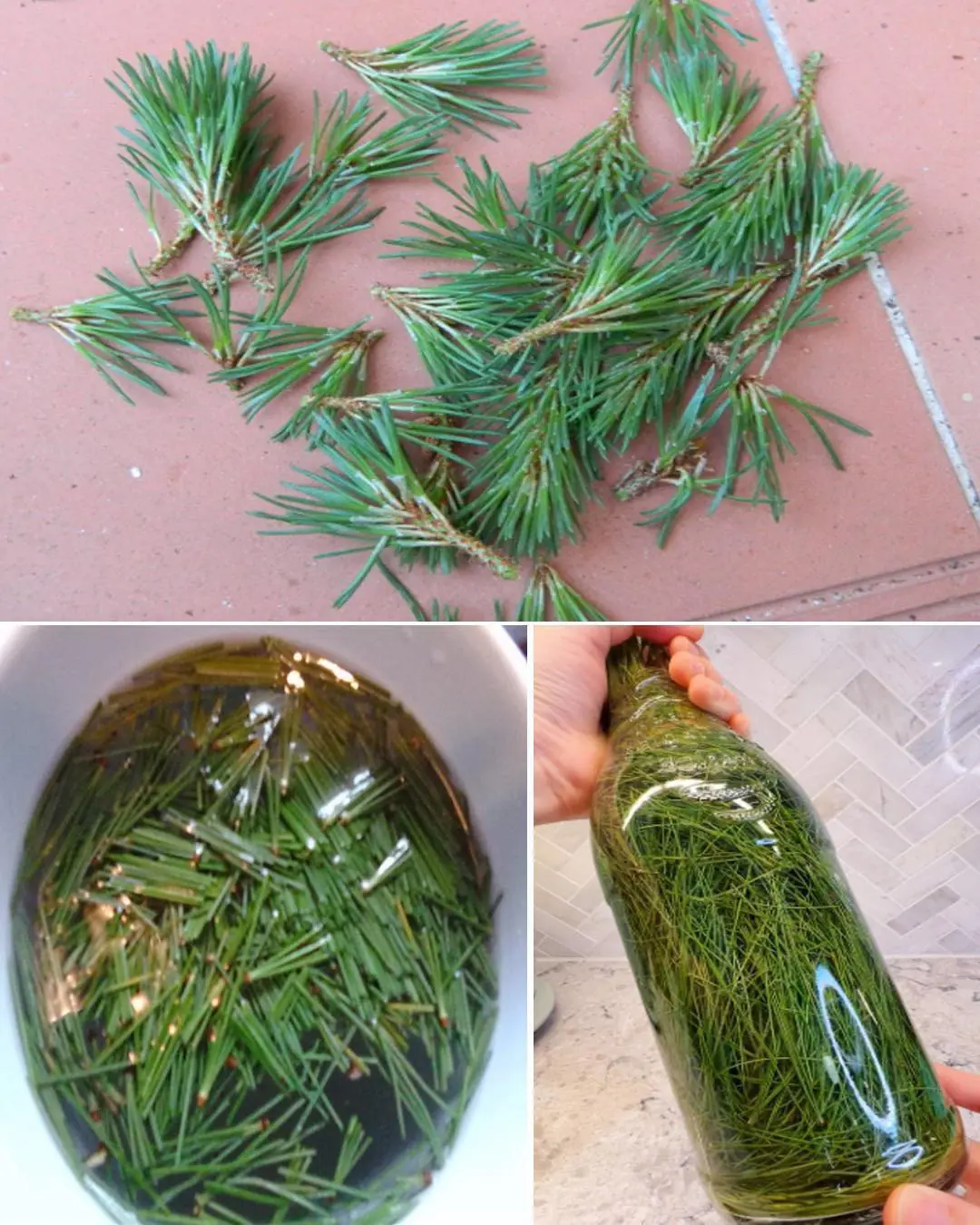
9 Health Benefits of Pine Needles
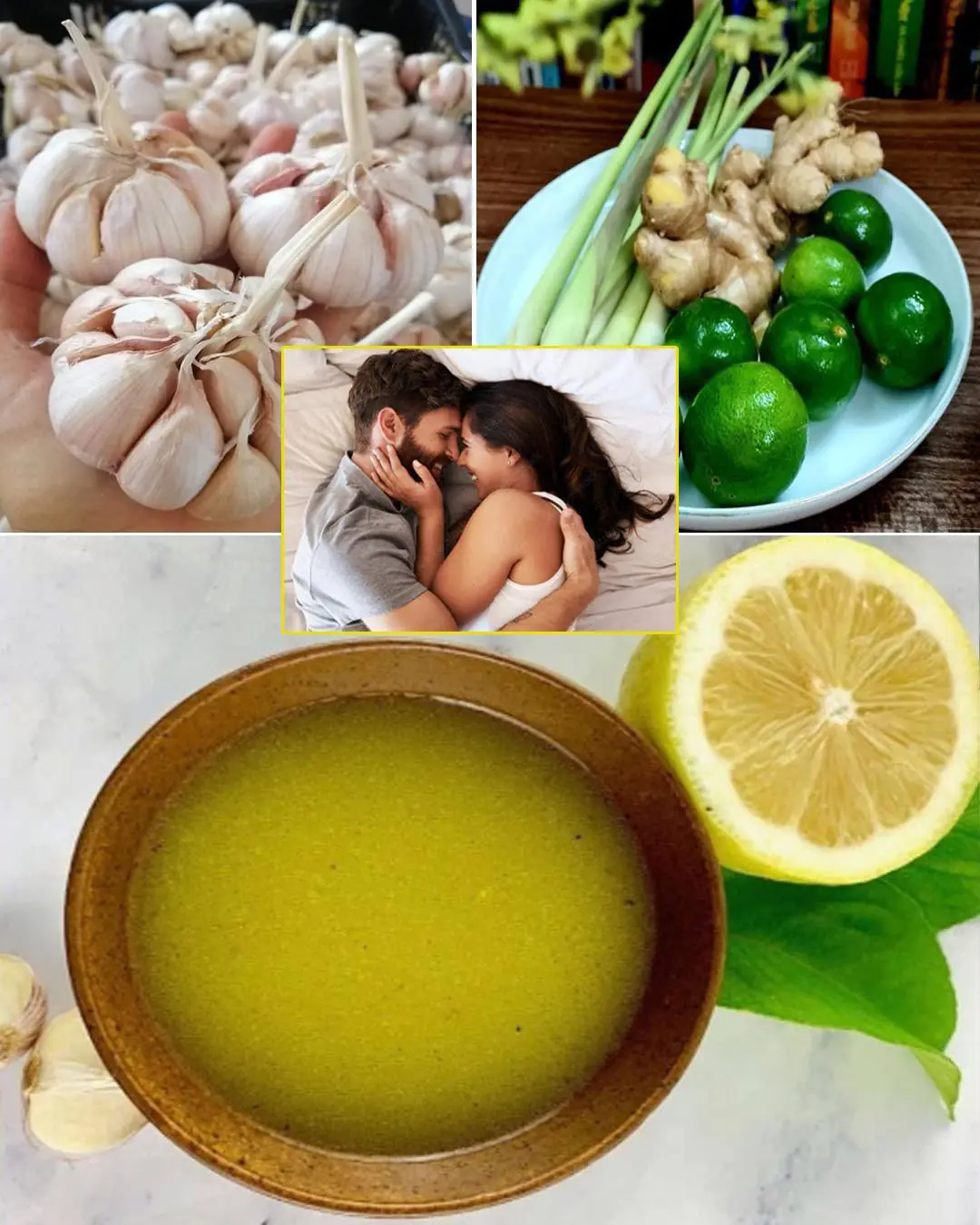
Unlock The Incredible Health Benefits of Garlic, Ginger and Lemon for Men
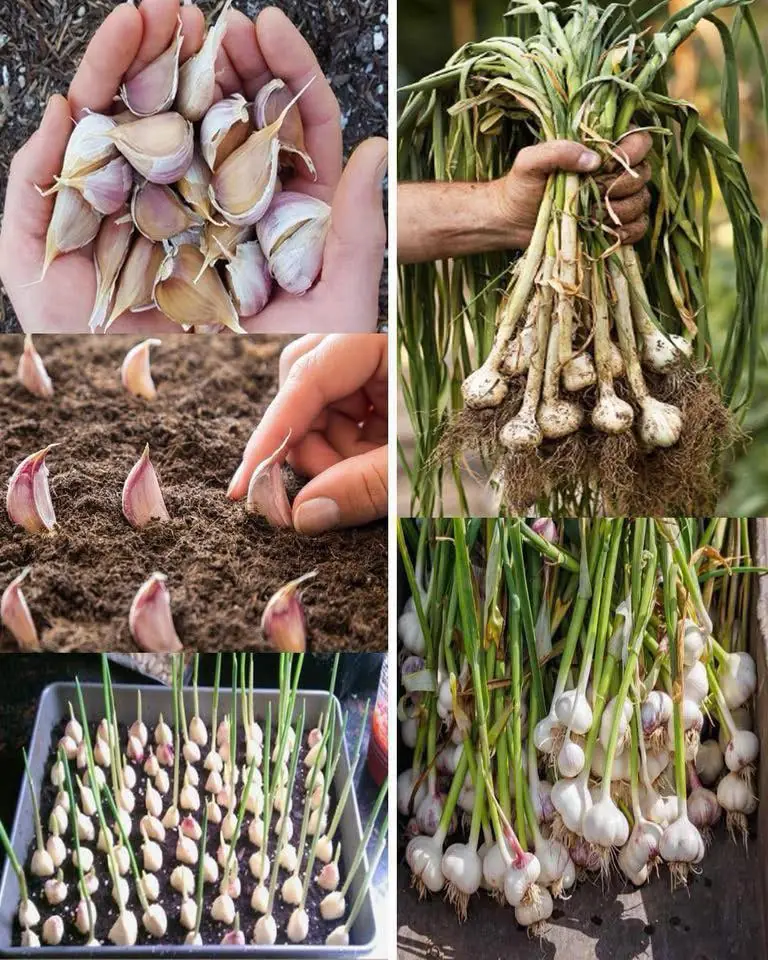
A special method to grow garlic in plastic bottles
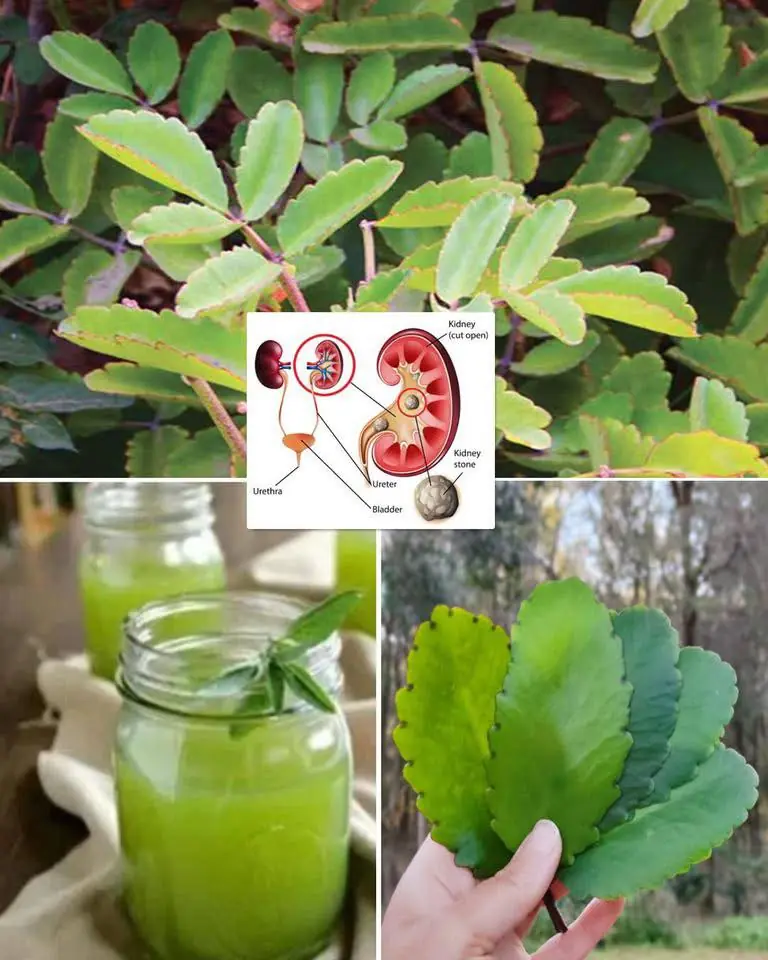
7 Benefits of the Miracle Leaf of Life
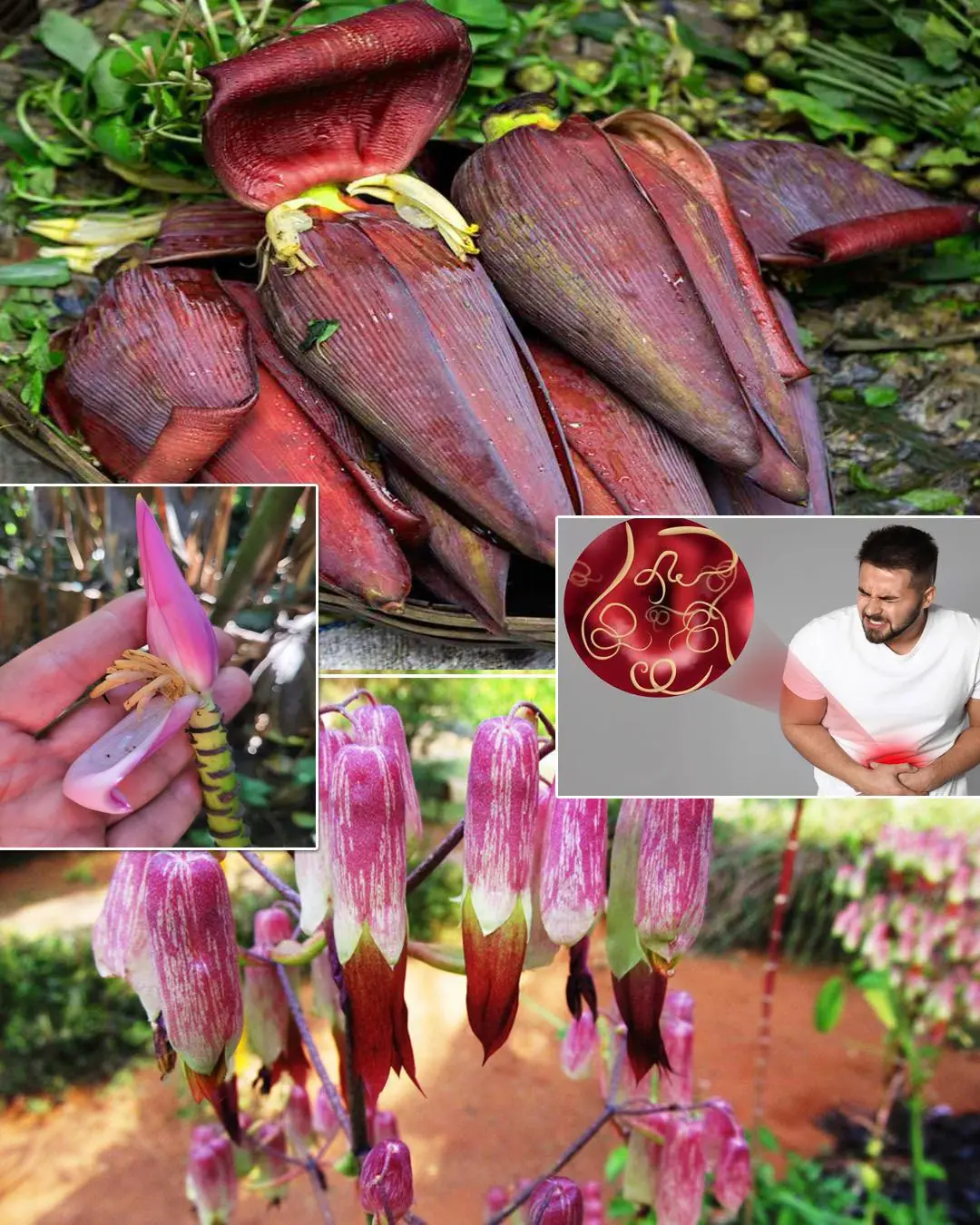
7 Amazing Health Benefits of Banana Blossoms
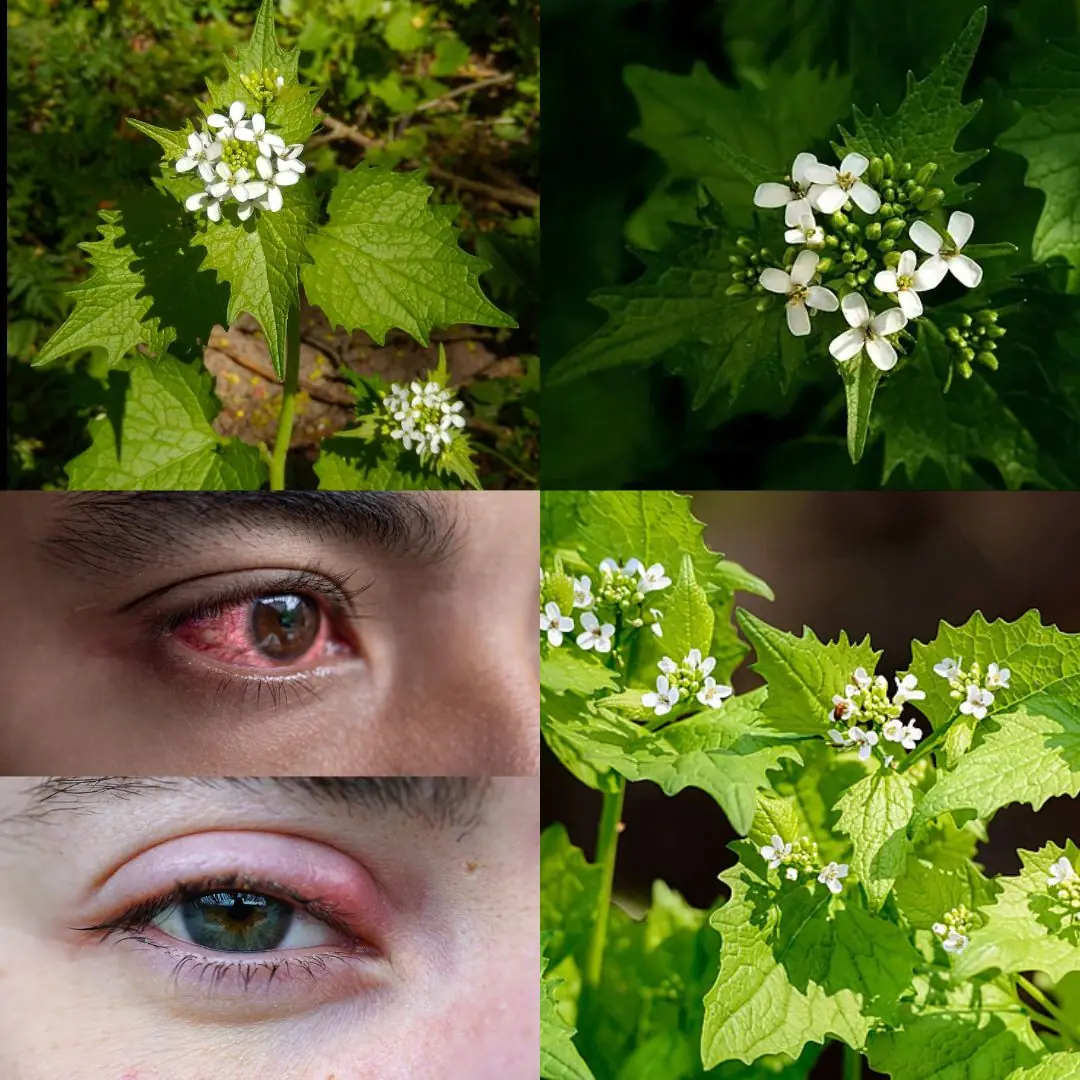
Garlic Mustard: The Overlooked Herb That Can Boost Your Health — Especially Your Eyes
News Post
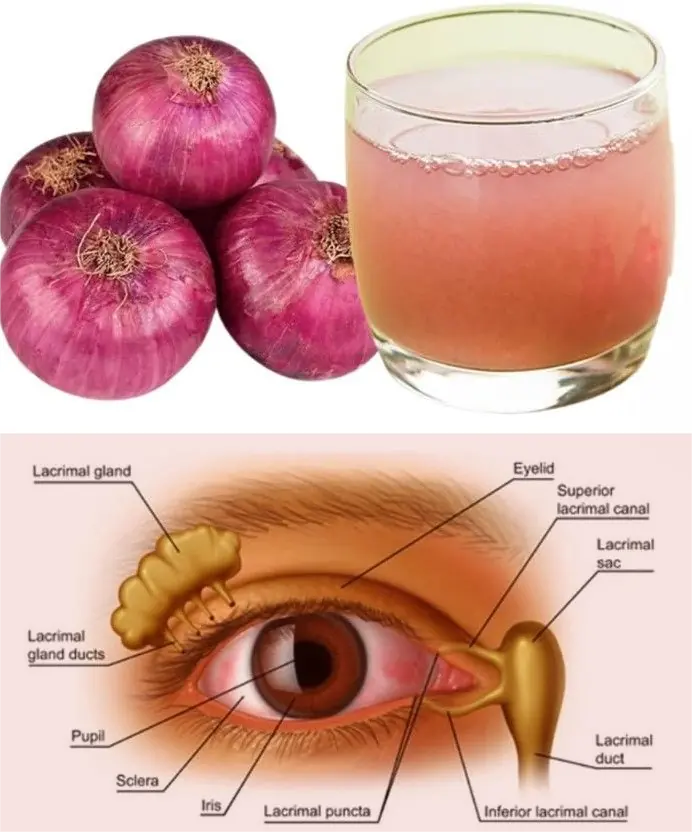
Can Onion Juice Gently Support Eye Health? A Natural Tip to Try

Bed Bugs Hate This! How Diatomaceous Earth and Cloves Can Wipe Them Out

These are the consequences of sleeping with the…

5 Common Foods That Often Contain Parasites — Many People Eat Them Daily

1 Vitamin Stops Calcium Buildup in Arteries and Heart
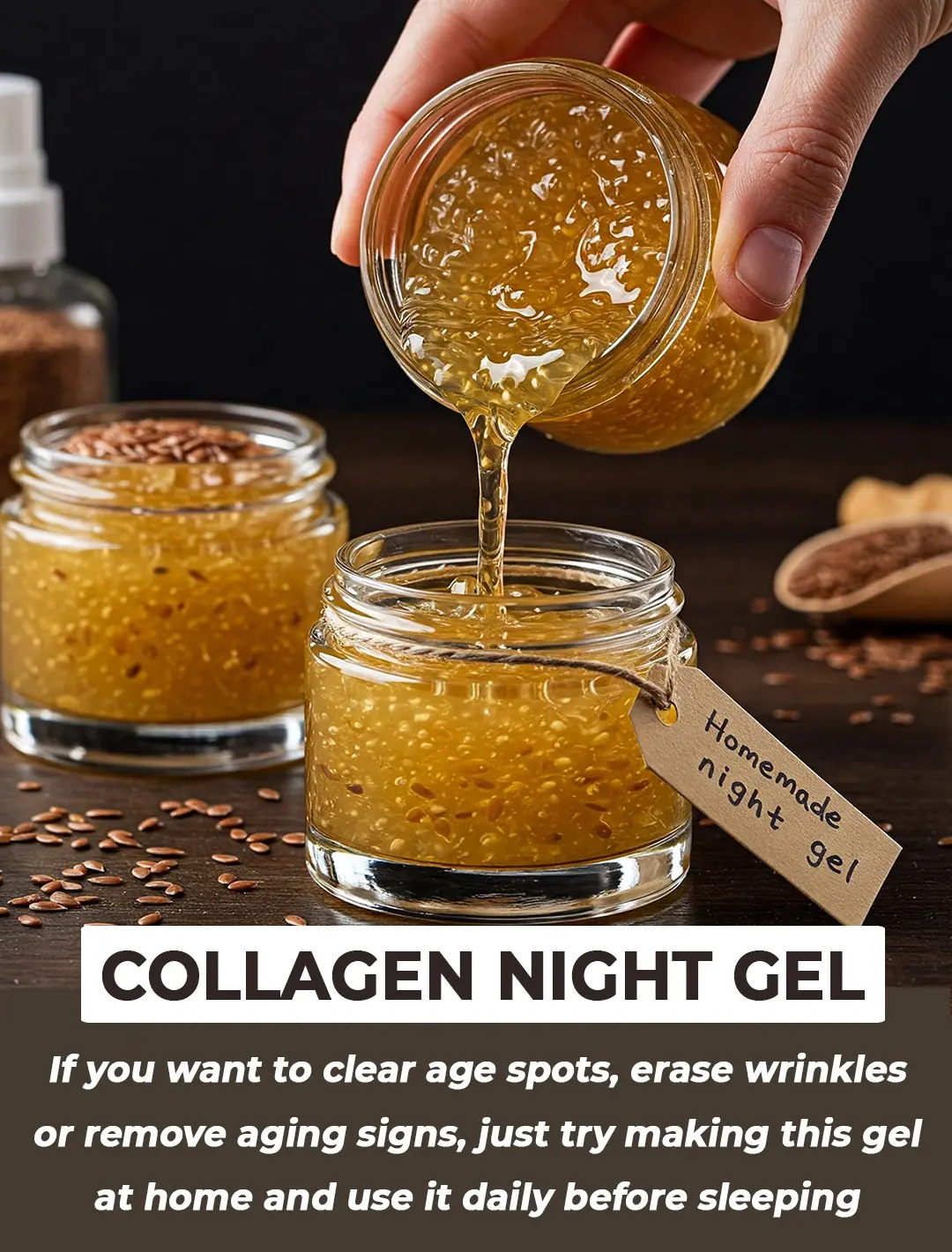
DIY Flaxseed Collagen Night Gel for Hydration and Rejuvenation
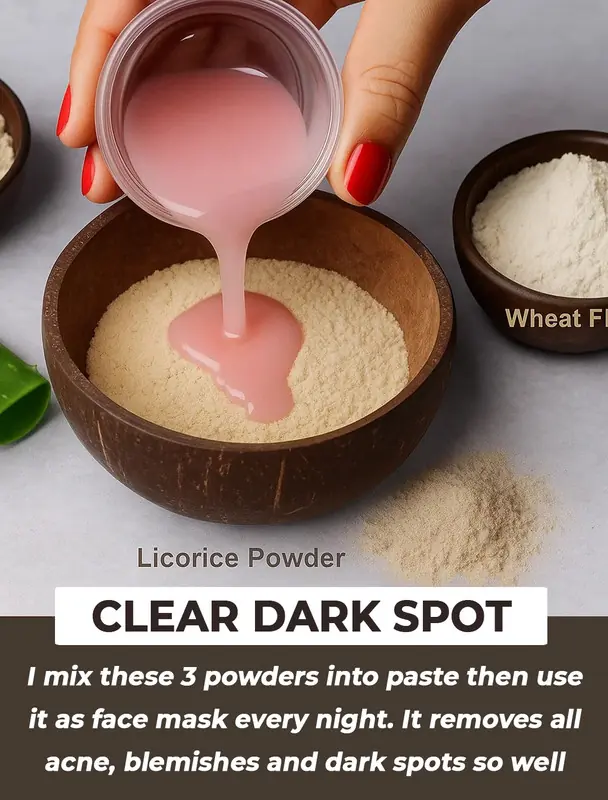
10-Day Licorice Treatment for Dark Spots: Fade Pigmentation and Achieve Glowing Skin Naturally

Easy Recipe to Make ABC Collagen Ice Cubes at Home: The Secret to Glowing, Firm Skin

2 Mins Black Shampoo For Grey Hair

Why this doctor refuses to prescribe statins for high cholesterol

The 'divine' secret to frying

Why do we have to leave our phone face down on the table when we are not using it?

Hanging a towel on the door handle before bed: Unexpected benefits but few people know

Tips for conditioning your hair with over-cooked bamboo shoots

Treat premature gray hair thanks to the black dye formula

What Are These Strange Black Dots In Your Kitchen

Magic Eraser can be used for almost anything, but here's what you didn't know

Wrong understanding turns water purifiers into diseases, remove them immediately to avoid harming the whole family
